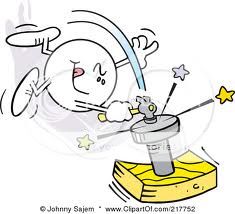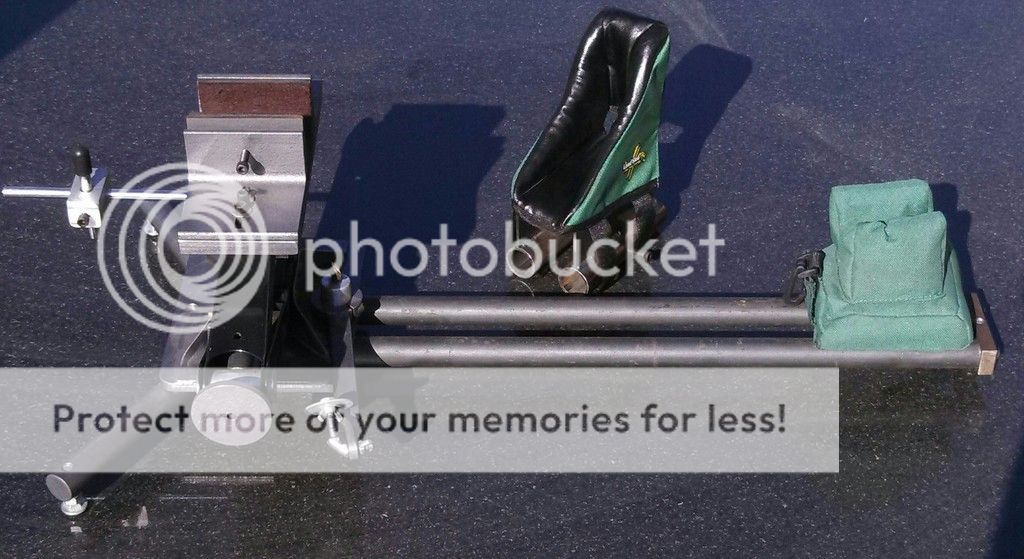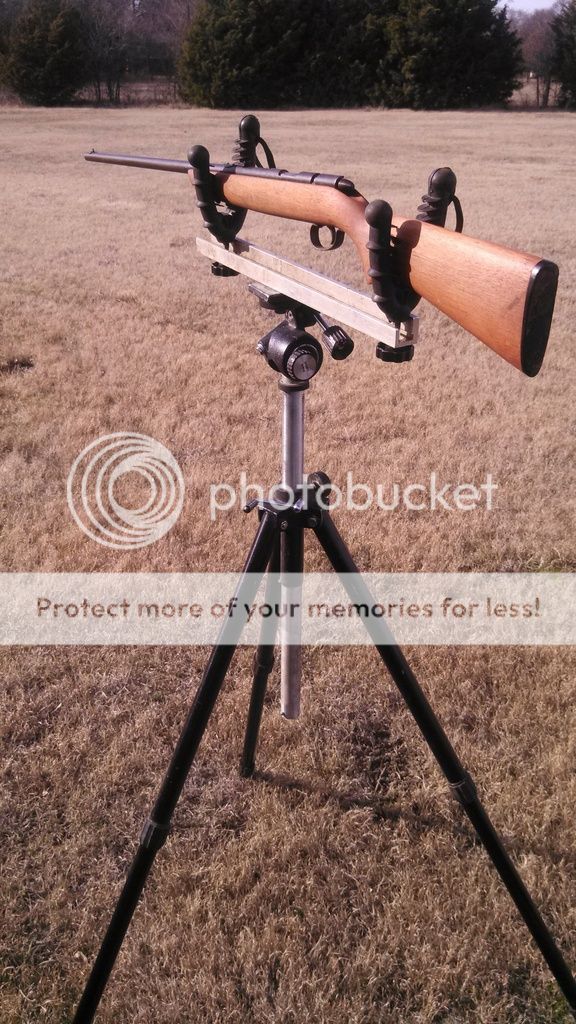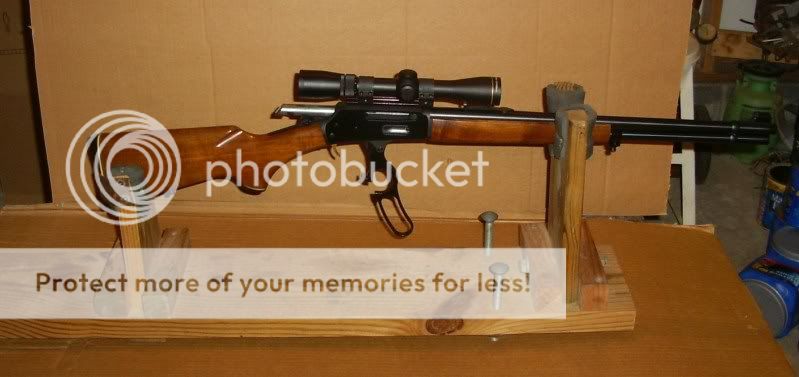olkowsr
Member
To OP original point, yes it will work, but that's only step 1...
Step 2 is to shoot another group in a fresh spot of paper to confirm.
Step 3 is adjust only if you need to "interpreate this anyway you want".
For my 22lrs a $40 harbor freight vise works best on the stock granted you use a towel to cover the vise teeth.
- doesn't always need to be fancy to work, IMO
My thoughts on the subject.
Step 2 is to shoot another group in a fresh spot of paper to confirm.
Step 3 is adjust only if you need to "interpreate this anyway you want".
For my 22lrs a $40 harbor freight vise works best on the stock granted you use a towel to cover the vise teeth.
- doesn't always need to be fancy to work, IMO
My thoughts on the subject.










